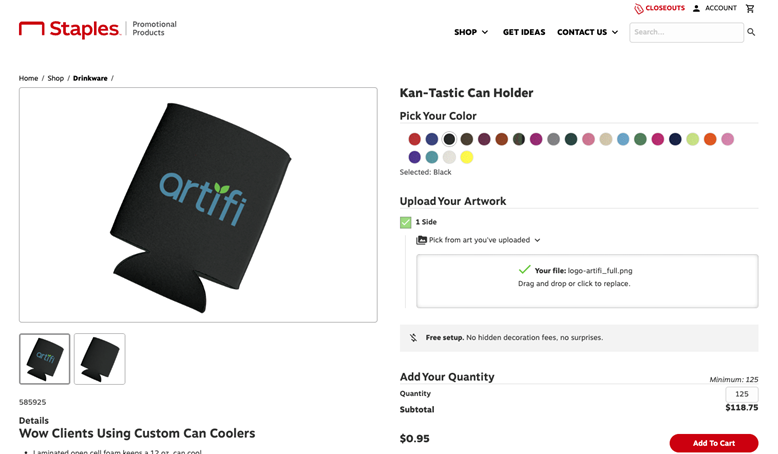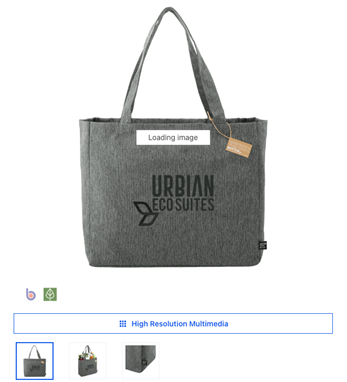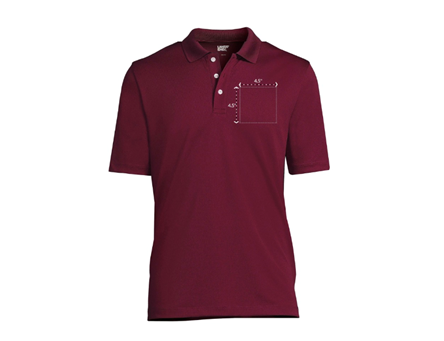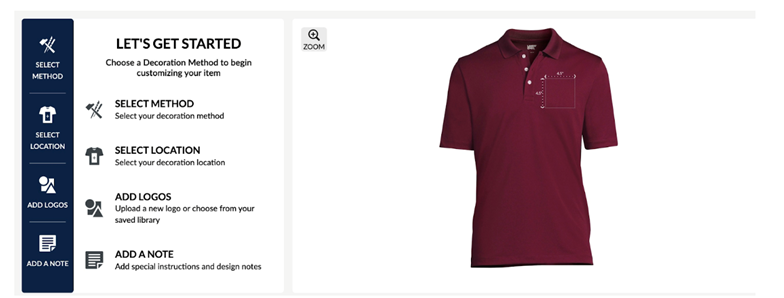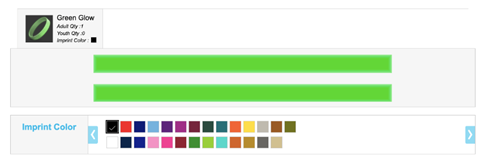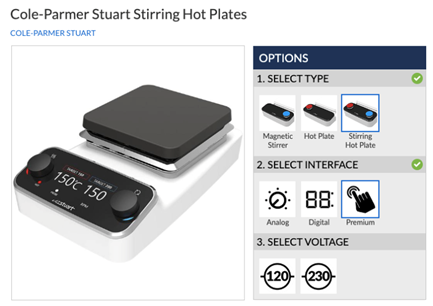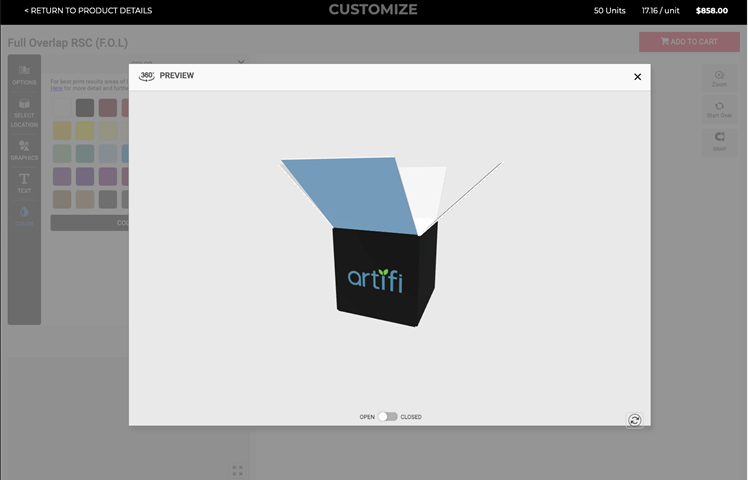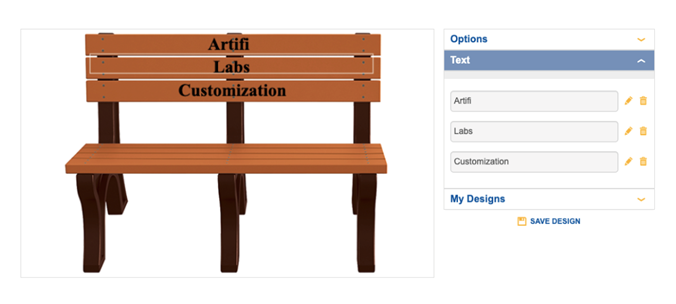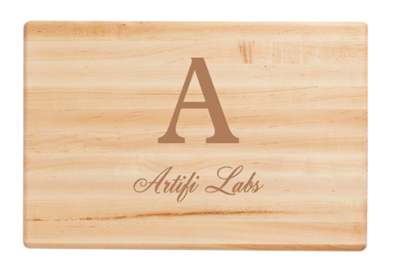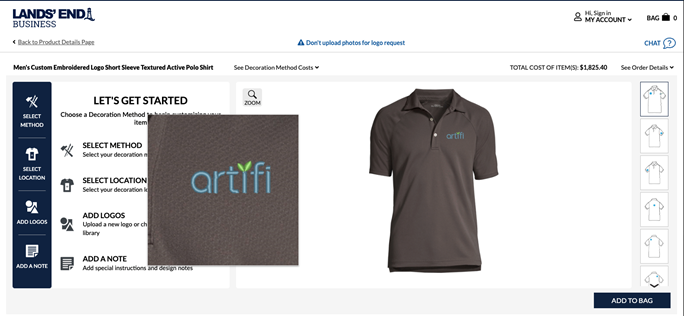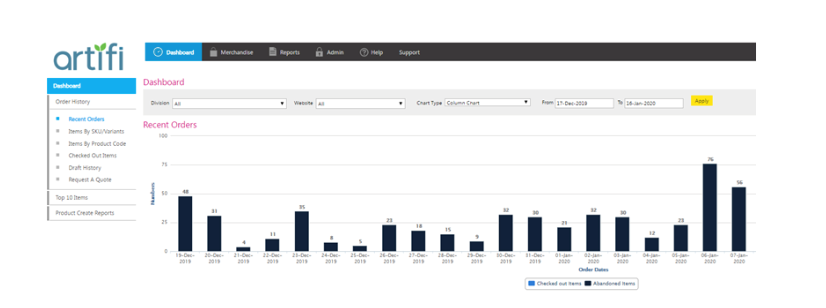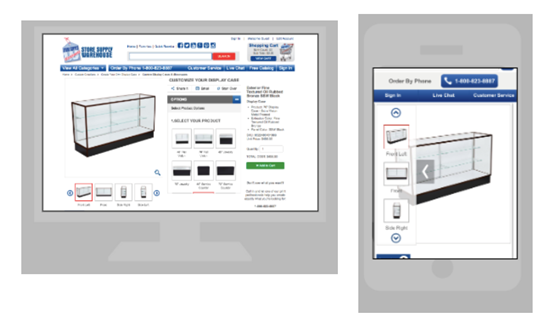The Ultimate Guide to Product Customization
Understanding Product Customization
Product customization is a growing trend. A research study by Deloitte found that one in five consumers interested in buying a customized product are willing to pay a 20% premium. This consumer trend is equally relevant in B2B applications across a wide range of categories, from corporate wear to swag and even private-label industrial products.
While the concept seems simple, product customization may be complex to manage due to the location of products, production resources, and the process of confirming shopper approval. The following guide provides a comprehensive understanding of product customization, how it relates to ecommerce, and key terminology and features.
What is Product Customization?
Product customization is a broad category of capabilities that allow a shopper to customize a product or series of products. Customization may include personalization of a product(s), configuration of a product(s), or both.
Product personalization is often a synonym for product customization and refers to a customized product specific to an individual or entity, such as a corporation. For instance, a YETI tumbler with text applied to represent the shopper's initials is an example of personalization. A similar application, such as a corporate logo, would also be classified as product personalization.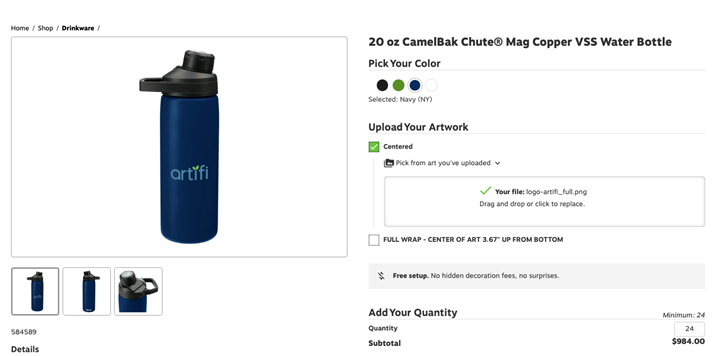
A CamelBak water bottle personalized on staplespromo.com
Product configuration allows a shopper to choose the components of a product and visualize the configuration in real time. The output of the product configuration is the specification of how the product will look once it is produced. Configured products may have unique parts or components, and even these may be customized with unique finishes, textures, or colors.
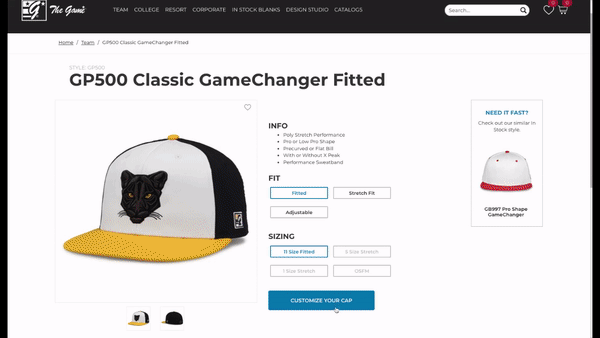
A configurable hat available on thegameheadwear.com
Applications of Product Customization
B2C Product Customization
Retail companies typically offer product customization through two applications. The first application is companies offering customization for specific experiences or marketing campaigns that are limited engagements and only feature one or two products. For example, Levi’s offers customization of jean jackets and clothing through its Tailor Shop, an in-store experience.
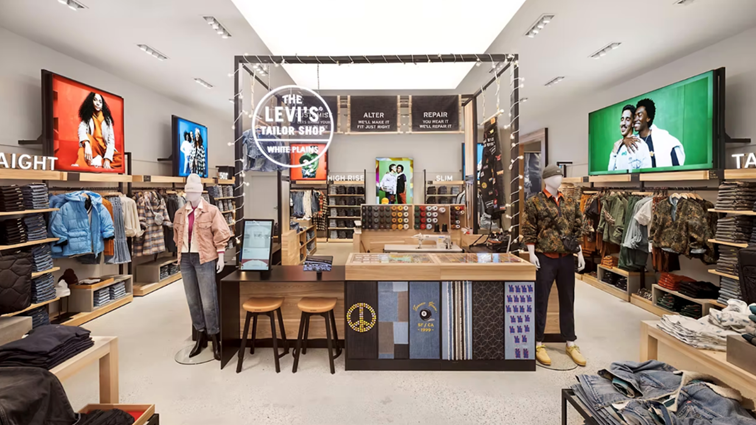
The other application of retail product customization is typically a brand offering customization to a limited number of products or SKUs. Limited product customization efforts like this are typically created to increase customer engagement with a brand or to gather data on what customers truly desire in a product. Onshore production of the customized product is typically expensive, and often these efforts have limited lifespans.
Nike is a rare exception. Nike By You is a sustained and successful effort by the leading athletic shoe and sports apparel brand.
B2B Product Customization
Unlike B2C, B2B product customization tends to operate at scale as customized products are purchased in larger quantities than B2C efforts. From promotional products to corporate wear to private label products, B2B product customization often involves minimum orders, repeat orders, and account-specific catalogs.
For example, Staples Promotional Products offers customizable can holders, often purchased for specific events. These are ordered in minimum quantities.
Product Customization Terminology
Following is a list of terms to better understand product customization features and functionality.
Assets: Digital images or computer-generated files necessary to offer product customization.
The assets, including different product views, of a customizable tote bag are available at PCNA.
Canvas: The defined area on the product that may be personalized. An open canvas allows customers to personalize the surface view of a product. A closed canvas restricts customers to personalizing only defined areas of a product.
The closed canvas for personalizing is defined above on this Lands’ End Business Polo.
Widget: A tool used to decorate a product. Customization software should offer several options, including “add text” and “add image” widgets.
The widget using the same polo from the canvas example to customize different options.
Product Customization Key Features
The following are widget features that transform shoppers' product customization experience.
Product Visualization
Most online shoppers prefer to see a virtual proof before placing an order. The most prominent way this is achieved is through rendering technology.
Rendering Technology generates an image or model of the product the shopper is customizing. There are a few different rendering types that are available for product customization.
Types of Rendering Technology
2D
An image of the product is rendered in 2D. This real-time rendering is fast, scalable, and the easiest to implement.
2D customization of a wristband at Wristband Resources
3D
An image of the product is rendered with 3D modeling. This option is best for visualizing the final product. Using the 3D design, shoppers can rotate and customize the product’s entire surface area when applicable.
3D customization of a Stuart brand stirring hot plate from Cole-Parmer
360 Rotation
A rendered image of the product offers a 360-degree view and the ability to rotate the product using controls on the screen. 360 rotation allows shoppers to view and customize the product’s entire surface area when applicable.
3D Box customization on The Central Group
Add and Format Text
A basic but necessary feature of product customization is the ability to add text to a product, whether that be the shopper’s name, initials, etc. More advanced is the ability to change the color and font style of the text, as well as resize, rotate, delete, and change style. Taking it one step further is the ability to offer text on a path like a circle or semicircle, format text in bold or italics, and automatically adjust the font size in the textbox.
Adding text to a customizable bench on barcoproducts.com
Upload Images
For promotional products, apparel, and hard goods, personalizing a product often means adding a brand logo. Shoppers should be able to upload images from their computers or social media platforms like Facebook or Instagram.
Apply Effects
The best product customization platforms allow shoppers to see visual renderings of various styling effects while customizing a product. Some of the most practical and popular effects are the ability to remove white backgrounds from uploaded images, greyscale, or reduce the opacity of an image.
Several other advanced effects can be implemented through a product customization platform. Below are two of the most popular:
Monogramming
Monogramming is overlapping or combining letters to form a symbol or combining initials of either an individual or company in a design. This is a popular effect for B2C product customization and is most prominently used when customizing accessories and apparel.
Monogramming displayed via Artifi on 28collective.com
Embroidery
Embroidery designs are typically stitched onto products made of fabric. Unlike monogramming, embroidery can also be used for elaborate decorations or large products.
An innovative new form of this effect in product customization is Auto-Digitizing Embroidery. Product customization platforms that offer this effect can automatically render images to show realistic stitching on fabric, stamping on patches, and engraving on hard goods based on uploaded clipart or font.
Auto-digitization of embroidery on Lands End.
Product Customization and Administration
To successfully manage a product customization platform, the following features are a must for administrators.
Self-Service Administration
An admin with self-service functionality allows administrators to set up new products, define rules, and change inventory features. Businesses using a self-service admin for product customization can own the process, which in turn, guarantees efficient product management and an improved workflow.
The Artifi Labs admin console
Template
Reusing the same set of rules across multiple products and templates makes product creation easy. Templates offer host-specific rules that can include anything from a defined canvas area to a navigation feature, allowing customers to scale. An example of this would be Staples Promotional products having many client ecommerce storefronts. Administrators can use the same “backpack” template across multiple storefronts allowing customers to then add their unique logos, eliminating the time it takes to create a new template every time a new storefront is created.
Web Design Considerations
How a product customization platform is designed and how administrators interact with them are important considerations that contribute to a seamless administration experience and customer experience.
CSS
CSS, or Cascading Style Sheets, make it easy to control the layout and design of a website. A product customization platform should allow administrators to define CSS customization rules to match the existing ecommerce store. Creating a continuous look from a PDP to the customization platform will improve the customization journey.
SaaS
SaaS, or Software as a Service, is a subscription-based software model hosted, maintained, and upgraded automatically by the platform. This model deploys updates without cost or action from administrators. SaaS may also allow administrators access to a product customization platform’s headless API to perform full-headless integrations if the platform has headless architecture.
User Interface
The user interface is the theme of a website. Using a branded layout on a product customization platform will improve the user experience.
iFrame
An iFrame, or Inline Frame, is an element that inserts content from another source into a website. The iFrame can have an independent scrollbar separate from the page it is on. Customization software should display products in iFrames to create a smooth customer experience.
HTML 5
A programming language used to ensure client websites are fully-mobile responsive and consistent across browsers and devices for an easy-to-use customer experience.
The desktop and mobile customization experience on storesupply.com
Production-Ready Output Files
A document detailing product specifications is needed for fulfillment to manufacture an accurate, customized product. Customization software should create several types of production-ready output files depending on the business need. Product (or print)-ready output can also ensure the accuracy of production and order details, putting less strain on the production teams and enabling sustainability. A production-ready output file eliminates the back and forth during the proofing stages. Having a production-ready file increases speed to market and prevents any unforeseen human error.
Ecommerce Integration
Product customization goes hand in hand with ecommerce, so it’s a necessity that product customization platforms can integrate with ecommerce platforms via extensions. These extensions may include integrations for ecommerce platforms such as BigCommerce, Magento, Shopify, and Znode.
Essential features for successful ecommerce integrations include:
APIs for Pricing
Add to Cart Functionality
Conclusion
Product customization is complex, not only from an ecommerce perspective but also from a production perspective. By understanding the key elements and components of product customization, companies can be ready to implement a platform specific to their needs and give the shopper what they want.



